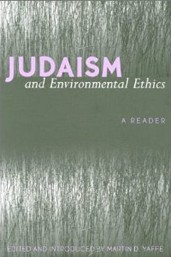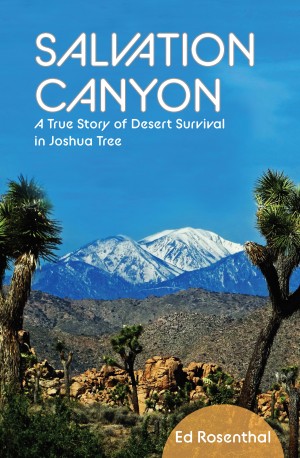Toward the end of his book, author Jeremy Benstein makes a statement that defines the motivation for his work: “To the long list of values and commitments that define the ideal Jew, we need to add being environmentally aware and active — for our own and our children’s sakes, and for the sake of the olam (world) desperately in need of tikkun (healing).”
The book provides a complete survey of the relationships between Jews, Judaism, and the environment. Benstein explores Jewish texts and concepts, such as the story of creation and Jewish holidays, with an environmental eye. He also discusses fundamental environmental topics such as population growth, agriculture, pollution, biodiversity, and sustainability with a Jewish perspective. He describes how Jews’ relationship to the environment, or lack thereof, has been impacted by the Diaspora and the land of Israel.
One of the more compelling discussions confronts the notion of mitzvot. Most are familiar with mitzvot between a person and G‑d (bein adam la-makom) and those between people (bein adam le’chavero). In addition, Benstein sees a moral obligation to regroup and refocus existing mitzvot to address those between people and the world (bein adam le-olam).
Benstein’s research is so detailed; his knowledge of both Judaism and environmentalism so deep; and his teasing apart of details so exacting that at times it feels as if he is sitting in yeshiva, making Talmudic arguments to an esteemed rebbe. This is not the kind of book to be read in bed at night; rather it commands an active read, with pen in hand. Bibliography, index, notes.





